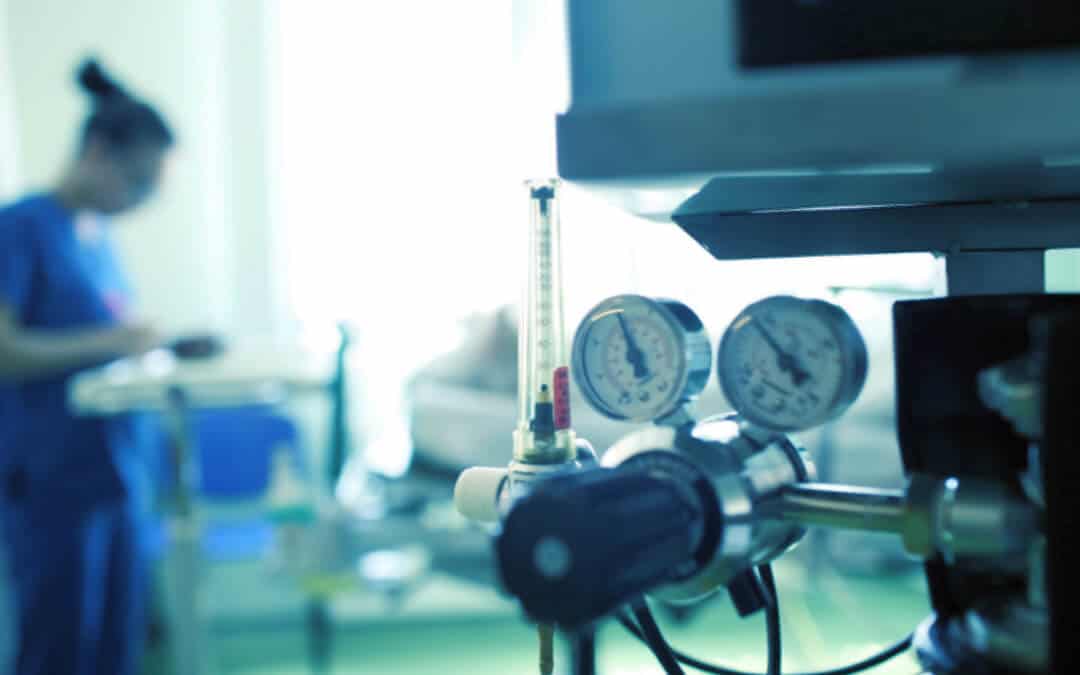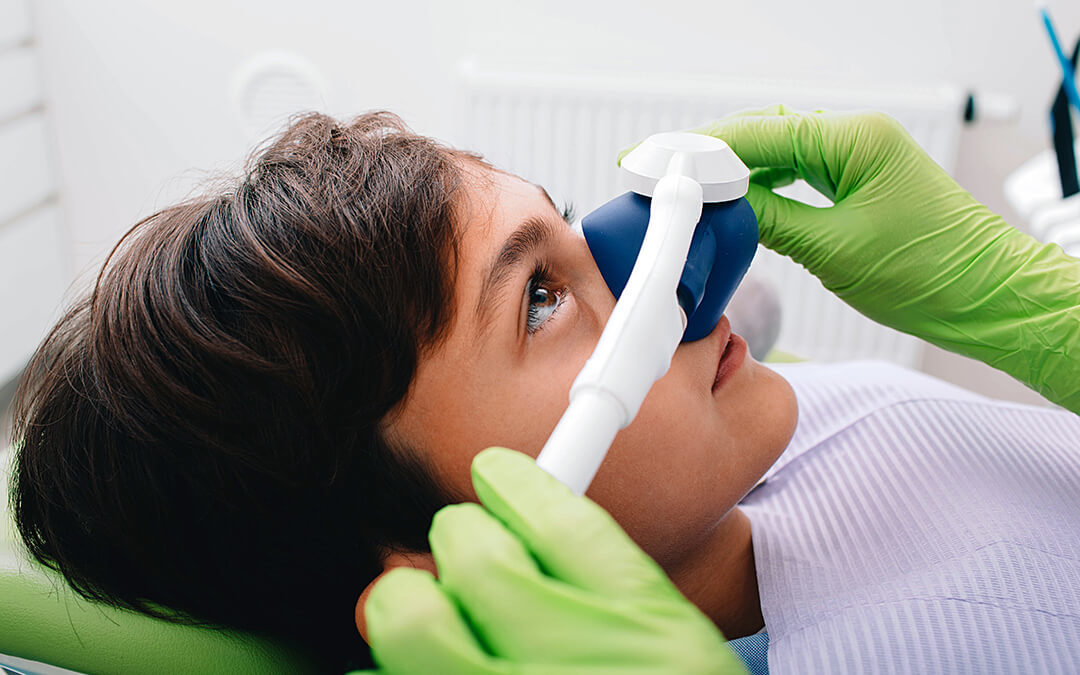Want the secret for successful sleeping dentistry? It’s a safe gas with a long track record in the field. It leaves patients relaxed during the procedure with no side effects afterward.
Nitrous oxide remains the most popular and common method of sedation1 today in dentistry. It is known for its fast onset, taking effect in only minutes. Its administration is simple. Through a mask, a patient is given a mixture of oxygen and nitrous oxide. The amount is easily adjusted to provide more or less gas depending on the patient’s needs. For pediatric patients, patients with disabilities, or patients with a low pain threshold, nitrous oxide is a great option. While patients might experience tingling or a dream-like state, the gas itself does not cause any lingering effects and allows the patients to respond to questions and communicate with the dentist. Administration of pure oxygen2 for five minutes afterward completely flushes the body of any residual gas, enabling patients to drive themselves home.
A Brief History of Nitrous Oxide
Nitrous oxide, commonly called N2O, has been providing relief for patients undergoing dental procedures since the 1800s. N2O was first discovered in 1772 by Joseph Priestley, an English scientist who discovered oxygen. In 1798, Humphrey Davy, experimenting with the effects of inhaled gases on patients, discovered the analgesic effects of N2O, though it was the gas’s euphoric effect that generated much attention. Parties and public demonstrations were organized around the entertaining effects of “laughing gas.” During one such performance in 1844, a man under the influence of nitrous oxide struck his leg hard yet appeared oblivious to any injury until the gas had worn off. Despite having bruises and lesions, he could not recall the events leading up to the injury. A dentist in the crowd hypothesized the gas had an analgesic effect and began experimentation the very next day.

Horace Wells, the father of modern anesthesia, had his own infected molar extracted after inhaling pure N2O. Despite remaining conscious throughout the procedure, he experienced no pain. Due to the unfortunate improper administration of gas to a patient during a demonstration, nitrous oxide’s widespread use was delayed until the 1860s. Its slow start has been balanced by its longevity. N2O is the longest-used and most common drug in dentistry, and has a well-established safety record when used properly.
Patient Safety Comes First
How do we know that nitrous oxide is safe? What safety measures are in place? According to the ADA, there are at least 12 audio and visual safety features linked to the nitrous oxide-oxygen delivery system. These include an oxygen-flush feature in the event of an adverse reaction and an oxygen fail-safe system that shuts off the delivery of N2O in the event that the oxygen supply is compromised. Other safety features include alarms, color codes, locks, and a diameter index safety system, which ensures that removable tubing for medical gases is not interchangeable, thus preventing connection errors.
With such measures in place, nitrous oxide remains a safe and effective option for your dentist chair.
To learn more about CalOx’s products and services, contact us today.
1. https://www.ada.org/en/member-center/oral-health-topics/nitrous-oxide
2. https://www.ada.org/en/member-center/oral-health-topics/nitrous-oxide
